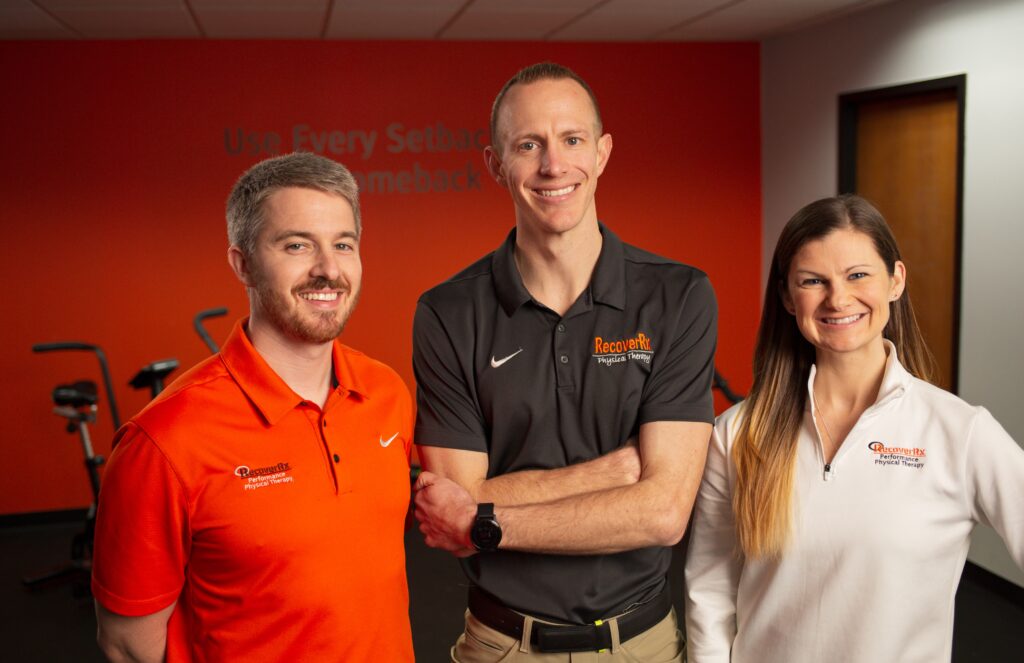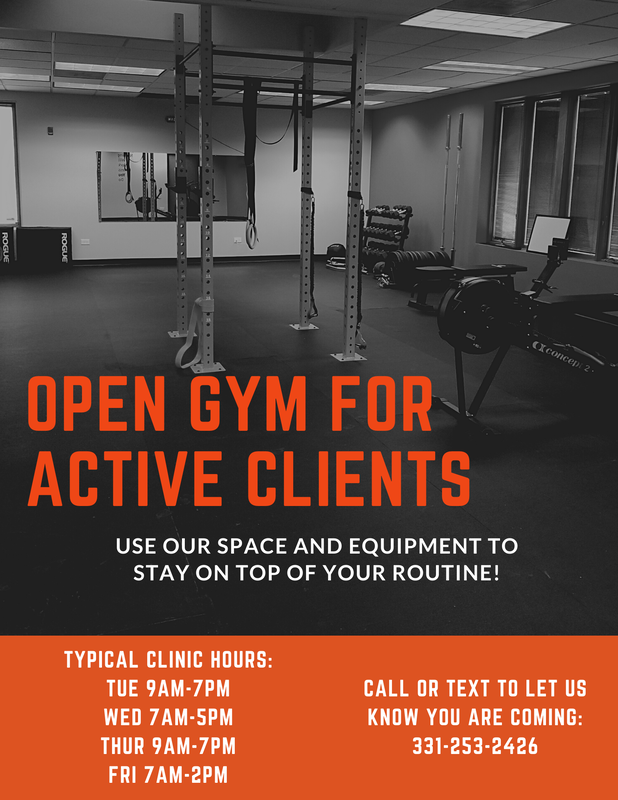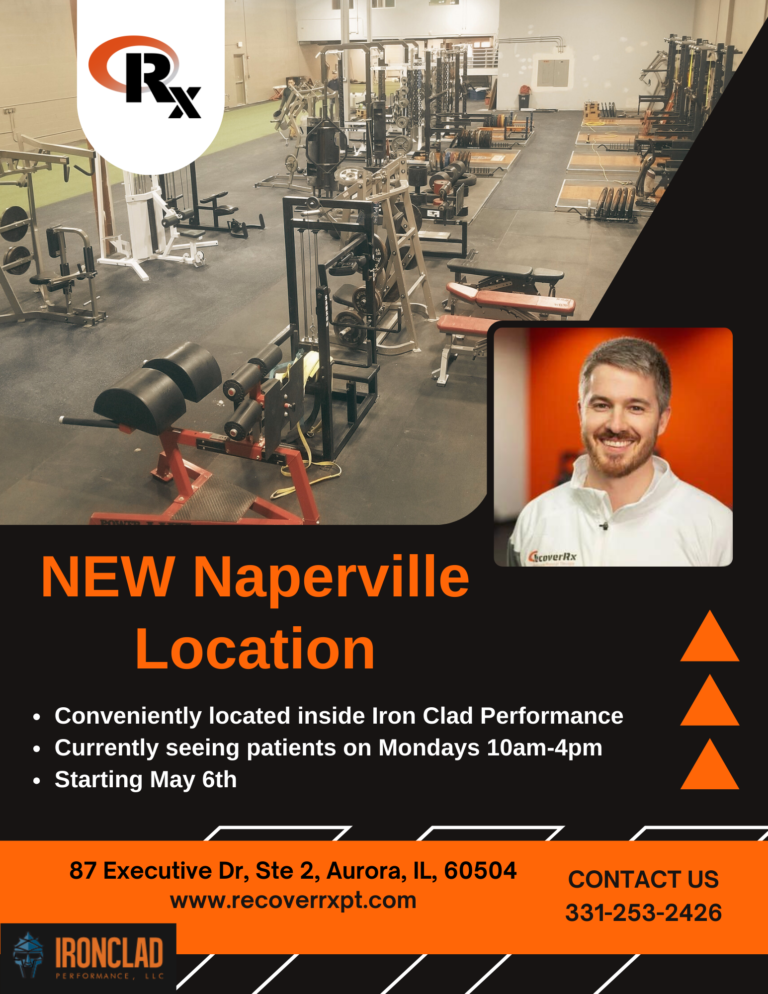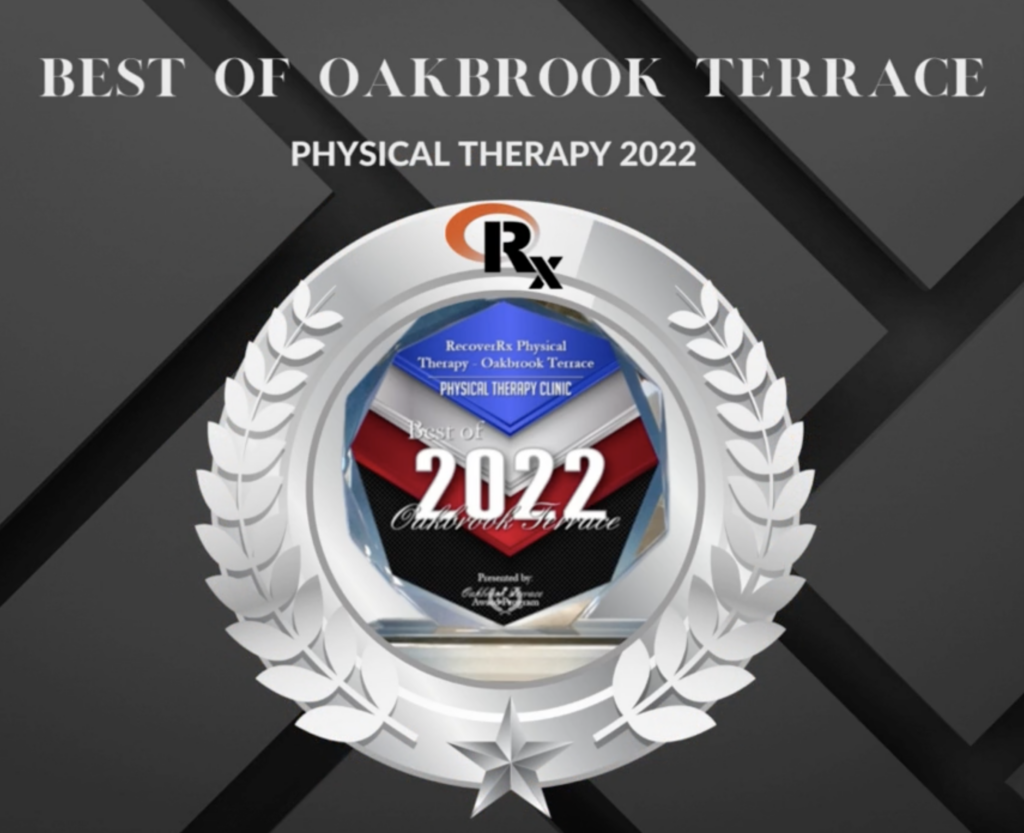
Introduction
In the realm of health and fitness, the complex relationship between hormones and exercise plays a big role in shaping the body’s response to physical activity. From the pulse-raising burst of adrenaline to the muscle-building effects of growth hormone, the endocrine system orchestrates a symphony of chemical messengers that adapt the body to the demands of exercise. In this blog we will dive into the fascinating world of hormonal responses triggered by exercise.
Cortisol: The Double-Edged Sword
Often called the “stress hormone,” cortisol is a crucial player in the body’s response to exercise. It is released by the adrenal glands in response to stress. Cortisol mobilizes energy reserves, enabling the body to cope with the physical demands of exercise. However, a delicate balance is essential, as chronic elevation of cortisol levels can have detrimental effects on health.
During exercise, cortisol rises to facilitate the breakdown of glycogen into glucose, providing the muscles with a readily available energy source. This process, known as gluconeogenesis, ensures that the body has the fuel it needs to power through workouts. Additionally, cortisol helps regulate inflammation, playing a role in the repair and recovery of tissues damaged during exercise.
When cortisol levels remain elevated for prolonged periods, it can lead to muscle breakdown, impaired immune function, and increased fat storage. Therefore, understanding how to manage cortisol levels through strategic exercise programming and stress reduction techniques is vital for maximizing the benefits of physical activity.
Adrenaline: The Power Surge

Often associated with the “fight or flight” response, adrenaline, also known as epinephrine, surges during moments of intense physical activity. Released by the adrenal glands, adrenaline prepares the body for immediate action by increasing heart rate, dilating airways, and redirecting blood flow to the muscles. This hormone is a key player in the acute stress response, mobilizing energy and enhancing physical performance.
In the context of exercise, adrenaline serves as a powerful ally. It boosts oxygen delivery to muscles, increases the efficiency of energy utilization, and enhances mental focus – all essential components for optimal workout performance. The adrenaline rush experienced during high-intensity exercise not only improves immediate performance but also contributes to long-term adaptations in cardiovascular and respiratory function.
Also, the heightened calorie burn associated with adrenaline release makes it a valuable asset for those aiming to manage body weight. Incorporating high-intensity interval training (HIIT) or other forms of intense exercise into a fitness routine can harness the benefits of adrenaline, promoting both short-term performance gains and long-term metabolic adaptations.
Growth Hormone: The Architect of Adaptation
As the name suggests, growth hormone (GH) is a key driver of growth and development in the human body. Released by the pituitary gland, GH plays a central role in tissue repair, muscle growth, and overall adaptation to physical stress. The release of growth hormone is intricately linked to the intensity and duration of exercise, making it a key player in the body’s response to training.
Resistance training, in particular, has been shown to significantly elevate growth hormone levels. The mechanical stress placed on muscles during weightlifting prompts the release of GH, stimulating protein synthesis and muscle growth. Additionally, growth hormone contributes to the mobilization of fats for energy, making it a crucial component in both muscle-building and fat-burning processes.
Optimizing the release of growth hormone involves factors beyond exercise intensity, such as adequate sleep and proper nutrition. Quality sleep, in particular, is a potent stimulator of growth hormone secretion, emphasizing the importance of a holistic approach to health and fitness.
Conclusion
Hormones including cortisol, adrenaline, and growth hormone are central players in shaping the body’s adaptation to physical activity. Understanding the nuanced roles of these hormones provides valuable insights for crafting effective and sustainable fitness regimens.
It is essential to recognize that the relationship between hormones and exercise is dynamic and multifaceted. While cortisol and adrenaline respond acutely to the demands of exercise, growth hormone operates on a more extended timeline, influencing long-term adaptations to physical stress.
As we navigate the landscape of health and fitness, a holistic approach that considers not only exercise intensity but also stress management, sleep, and nutrition is key. By unraveling the intricacies of the endocrine responses to physical activity, we empower ourselves to optimize our workouts, enhance performance, and promote overall well-being. So, let’s lace up our sneakers, embrace the physiological symphony within, and embark on a journey of self-discovery through the harmonious interplay of hormones and exercise.
References:
- Viru, A., & Viru, M. (2001). Cortisol – Essential Adaptation Hormone in Exercise. International Journal of Sports Medicine, 22(6), 461–464.
- Kraemer, W. J., Adams, K., Cafarelli, E., Dudley, G. A., Dooly, C., Feigenbaum, M. S., … & Triplett-McBride, T. (2002). American College of Sports Medicine position stand. Progression models in resistance training for healthy adults. Medicine and Science in Sports and Exercise, 34(2), 364–380.




